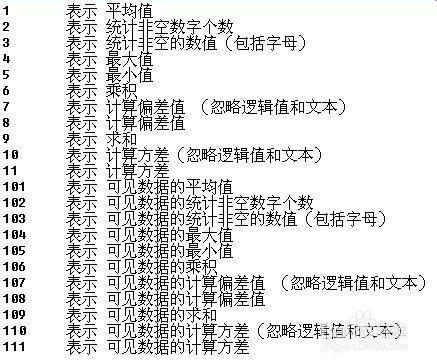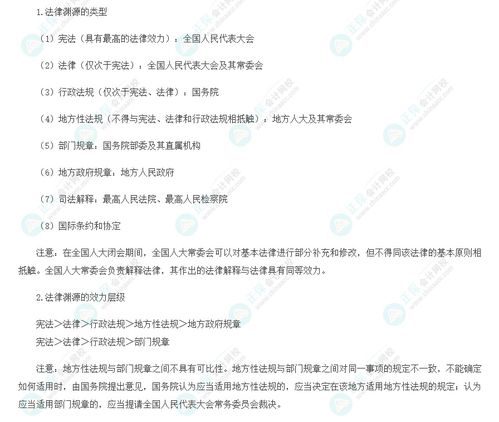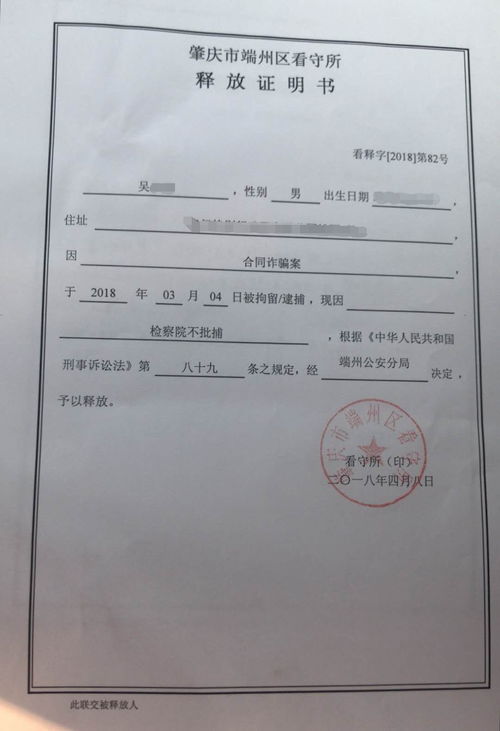轻微伤伤情鉴定标准
Title: The Standards for Assessing Injuries
Injuries can vary widely in severity and can occur in a variety of circumstances. Here are some standard assessment criteria used in identifying and evaluating various types of injuries:
1. Medical Examination: The first step in assessing an injury is a thorough medical examination by a qualified healthcare professional. This may include physical examination, imaging tests (Xrays, MRI, CT scans), and other diagnostic procedures to determine the extent and nature of the injury.
2. Clinical Symptoms: The presence of specific clinical symptoms, such as pain, swelling, bruising, limited range of motion, and functional impairment, are important indicators of an injury.
3. Objective Testing: Objective tests can help in assessing injuries, such as strength testing, range of motion measurements, and sensory testing.
4. Diagnostic Criteria: Certain injuries may have specific diagnostic criteria used to define and assess them. For example, the Ottawa Ankle Rules are used to assess ankle injuries, and the NEXUS criteria are used to assess cervical spine injuries.
5. Severity Grading: Injuries can be graded based on their severity, such as mild, moderate, or severe. Grading systems help in determining appropriate treatment and prognosis.
6. Cause of Injury: Understanding the cause of the injury, whether it is a result of trauma, overuse, or underlying medical conditions, is crucial in assessing the injury and developing a treatment plan.
7. Psychological Impact: In some cases, the psychological impact of an injury should also be considered, as it can affect the overall wellbeing and recovery of the individual.
Based on these standards, it is important to seek medical attention if you suspect an injury. Proper assessment and diagnosis are crucial in determining the best course of treatment and ensuring optimal recovery.
Remember, individual cases may vary, and these standards should be applied in conjunction with professional medical advice. If you have concerns about a specific injury, it is recommended to consult with a healthcare provider for personalized assessment and guidance.











